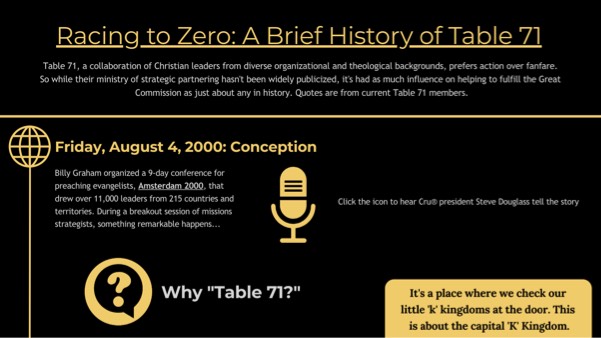Video
Hospice and the Hope of Life
A doctor in Mongolia brings love, comfort and hope into her work with hospice care through her faith in Christ.
January 2019
Travelers in remote Himalayan foothills resort to creative means to get to isolated villages, where the message of Christ’s love is almost completely unknown.
Pratvik* was a living irony: a chronically ill witch doctor.
Back problems occasionally rendered him immobile. A lung problem caused him to feel as if someone was holding his throat closed. Alcoholism worsened these issues. He tried herbal remedies, hospital stays, visits to higher-ranking shamans, and offerings of chicken and pig blood. But his condition persisted, inciting mockery from others and depression within.
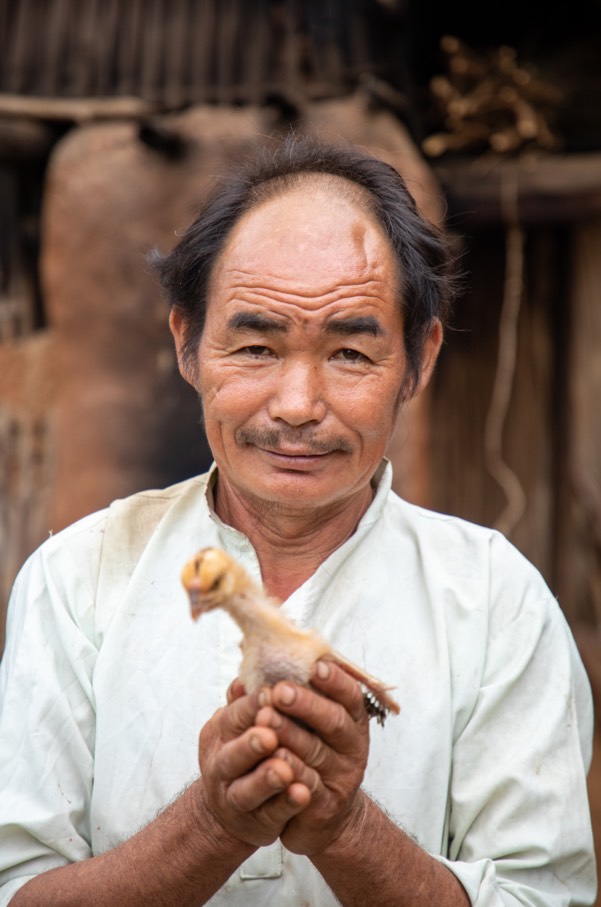
Pratvik gently holds a restless chick, one of the animals he once would have sacrificed as an offering.
Pratvik’s tribe lives in the breathtakingly beautiful Himalayan foothills. Roads are nonexistent or nearly impassable. Some villages can only be accessed via multi-day treks on foot or horseback. As a result, many tribes trace lineage to a common root culture but developed distinct dialects, traditions and religious beliefs over time. Pratvik’s people follow animistic beliefs; other groups include Hindu or Buddhist beliefs or a mixture of traditions.
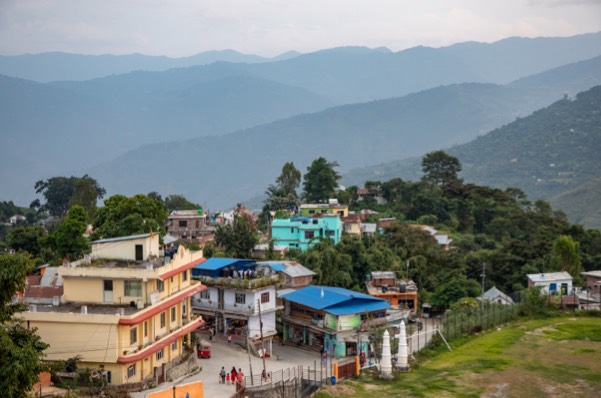
Villages in the Himalayan foothills crown hilltops that offer expansive views.
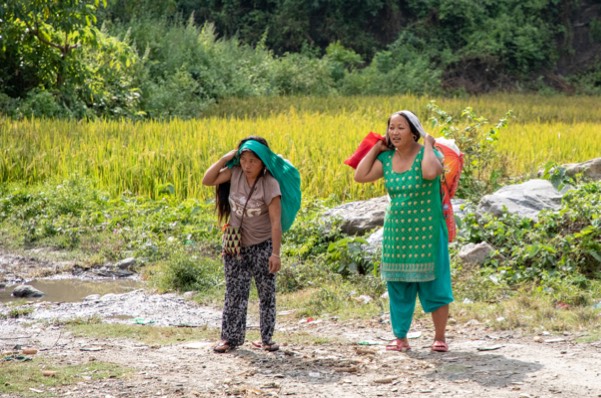
Bundles wrapped across the forehead offer a way to carry heavy loads. Walking is often the only way to cross this hilly, remote region.
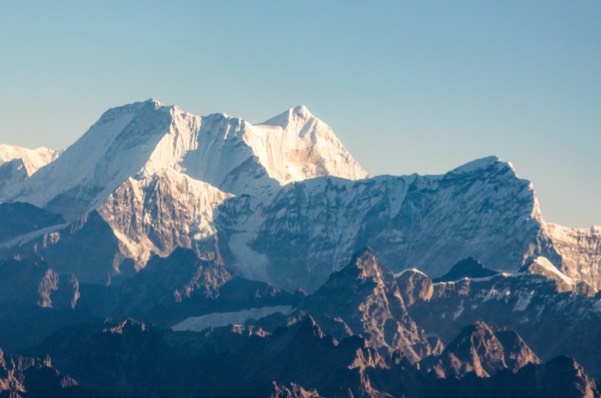
Morning sunlight paints the towering, jagged Himalayas in sharp relief.
Extensive research conducted over the last 50 years has given the worldwide body of Christ a clear picture of the challenges and needs in global missions. Joshua Project identifies more than 17,000 distinct people groups in the world. Many contain thriving Christian movements, but more than 40% of the world’s population lives in groups classified as “unreached” with the good news of Christ’s love.
What does “fulfilling the Great Commission” actually mean? How will we know when it’s fulfilled?
Matthew 28:18-20 is the most cited of the five biblical “Great Commission” statements in the Bible. The core of Jesus’ command to His disciples is to “go and make disciples of all nations.” It seems straightforward: When there are Christ-followers in every nation, the Great Commission is finished.
Or is it?
The Greek word translated “nations” is ethnos, from which we get our term “ethnic.” Some boundaries loom larger than political borders; language, geography and divisions based on class or ethnicity mean that many “nations” might exist within a country.
The 1974 Lausanne Congress on World Evangelization called believers’ attention to this important distinction and ushered in renewed understanding of what tasks remained for the global Church to complete this vital mission.
Among the definitions that arose from the “Lausanne Movement” are:
People group: The largest group within which the gospel can spread as a church-planting movement without encountering barriers of understanding or acceptance. (This definition originates from a 1982 Lausanne-sponsored missions conference.)
Unreached people group: A people group among which there is no indigenous community of believing Christians with adequate numbers and resources to evangelize the group without outside assistance. (This definition also originates from the 1982 Lausanne-sponsored missions conference.)
Unengaged, unreached people group: These are groups with no known workers committed to evangelism and church planting efforts. This definition doesn’t imply that all people in a particular group have never heard of Jesus; because of globalization and urbanization, interaction between different people groups is increasingly common. But it does mean that a particular people group is without a known effort to share Christ with them in an intentional, long-term, culturally contextual way. (Defined by Finishing the Task.)
There are multiple elements to the Great Commission (see the infographic for more detail), but completing it starts with sharing Christ and planting growing, multiplying churches in each distinct people group.
The seven nations comprising South Asia alone contain more than 2,000 people groups, a product of geography, diversity of languages and the Hindu caste system.
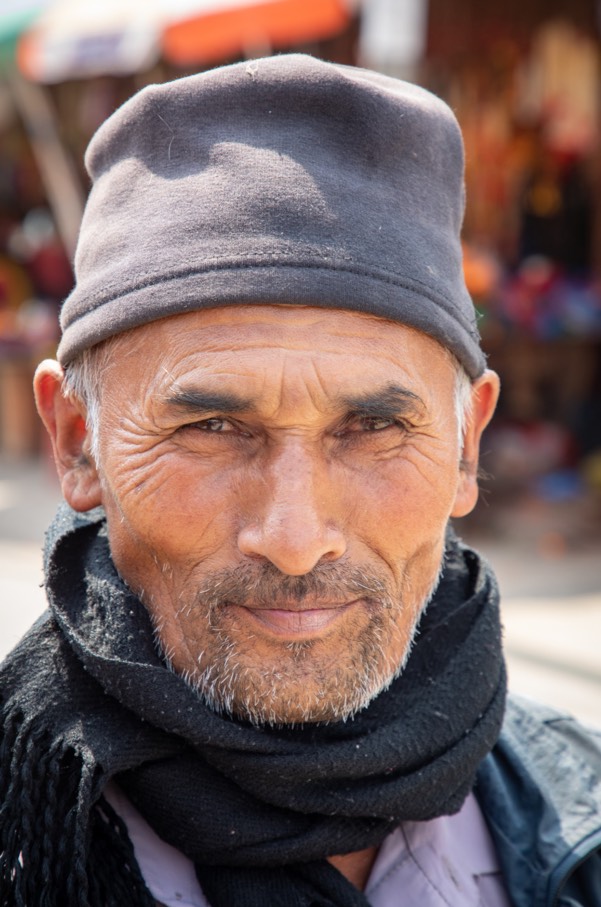
Life at high elevation often requires extra clothing, even in summertime.
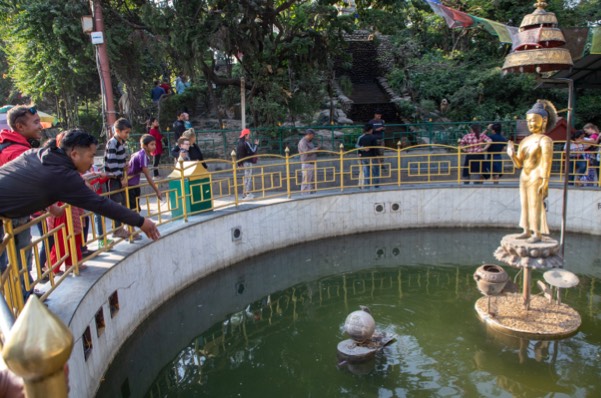
People toss coins into a fountain outside a Buddhist temple. South Asia features a religious crossroads of Buddhism, Hinduism, Islam, ethnic religions and growing Christian movements.
Pratvik’s tribe, until recently, was not only unreached but also unengaged. The tribe had no known Christians and no churches, and there was no demonstrated effort to bring the message of Christ to them. Unengaged, unreached people groups (UUPGs) like this are the neediest of the spiritually needy — unfamiliar with Christ with no clear way to hear about Him.
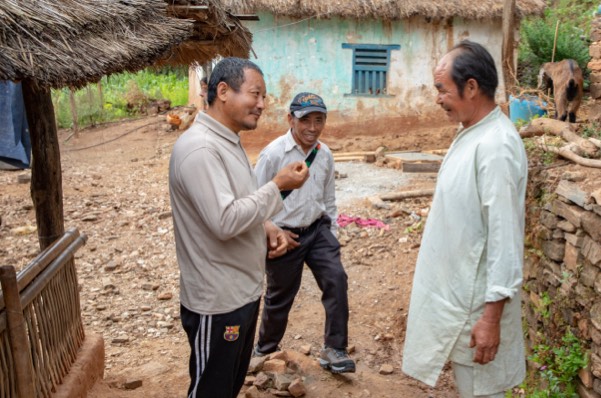
Pratvik (right) converses with Deepankar* (left), who lives near Pratvik’s home and is a member of the same people group.
Cru® president Steve Douglass and a group of other Christian leaders were so profoundly moved by the tragedy of such groups around the world that, in 2000, they established a partnering collective aimed at reducing the number of UUPGs in the world to zero — to begin evangelism and church planting everywhere it had yet to start. They call themselves Table 71, and the results of their humility in working together, and generosity in sharing resources, are extraordinary.
In the early part of 2016, an interdenominational alliance of ministries in South Asia began recruiting “engagers” — local Christians trained to explain Christ’s love to those in other cultures — to take that message to the 57 UUPGs in one country.
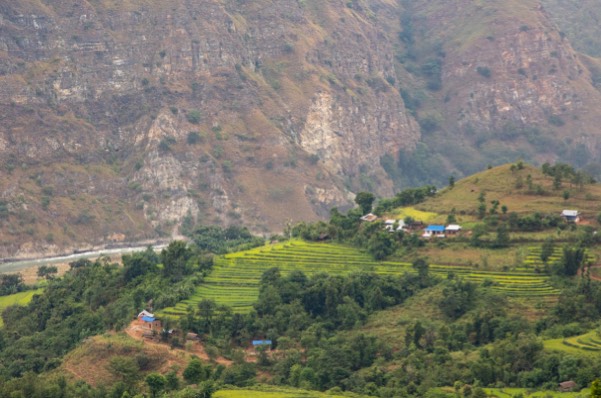
Terraced hills and steep river valleys characterize this region of South Asia.
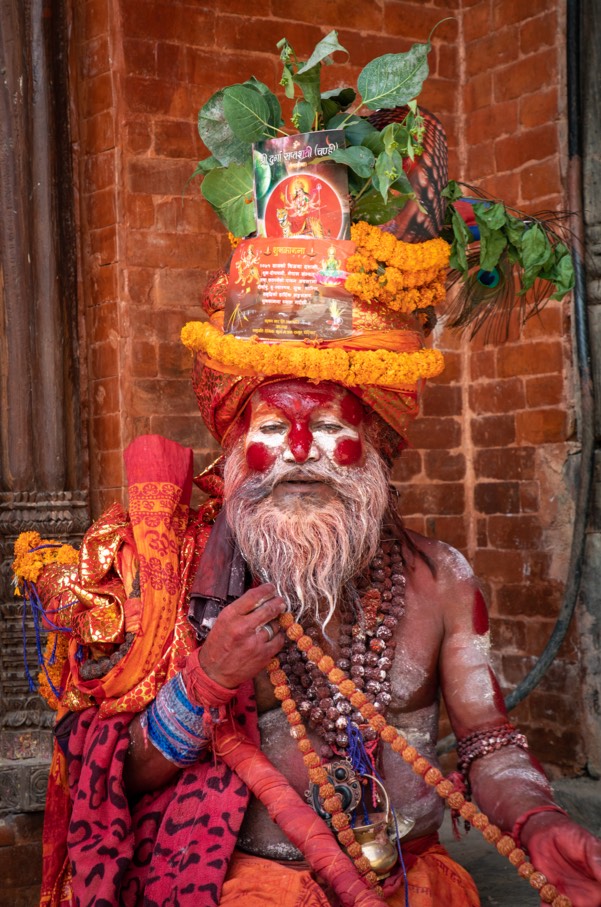
A sannyasi, a type of Hindu ascetic, wears colorful traditional dress. Hinduism is the most widely practiced religion in most of the 57 UUPGs identified in this South Asian country.
As this mission force formed, a group of businesspeople and church leaders gathered for an Issachar Summit in Lexington, Kentucky. Table 71 had birthed the Issachar Initiative as a means of directing ministry activity and financial resources toward unengaged peoples. When presented with the financial need to support the South Asian effort, 19 people committed three years’ worth of funding.
As one of the 128 engagers who were sent in 2016, Binesh* trod over the formidable hills around Pratvik’s village to engage his people group. Binesh and Pratvik met, but Pratvik initially ignored the message of Christ’s love. If he, the witch doctor, left not only his religion but also his livelihood, what would the community think? Pratvik’s fear of being marginalized kept the gospel at arm’s length.
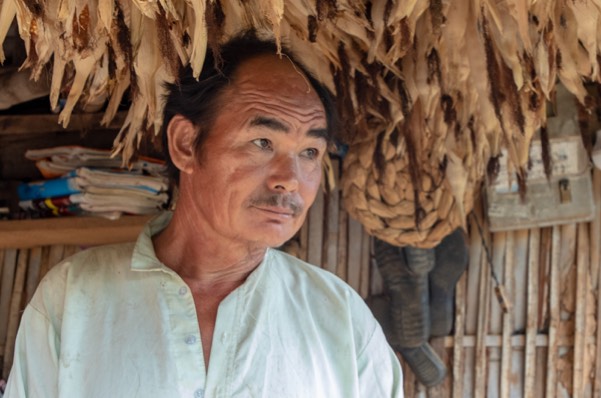
Pratvik looks out from one of the modestly constructed thatched-roof structures common to his region.
Engagers also encountered hostility as they visited the 57 UUPGs. Demon possession and other signs of spiritual strongholds were common. Engagers conducted prayer walks, in some cases for several days, before opposition diminished and they entered a more welcoming village.
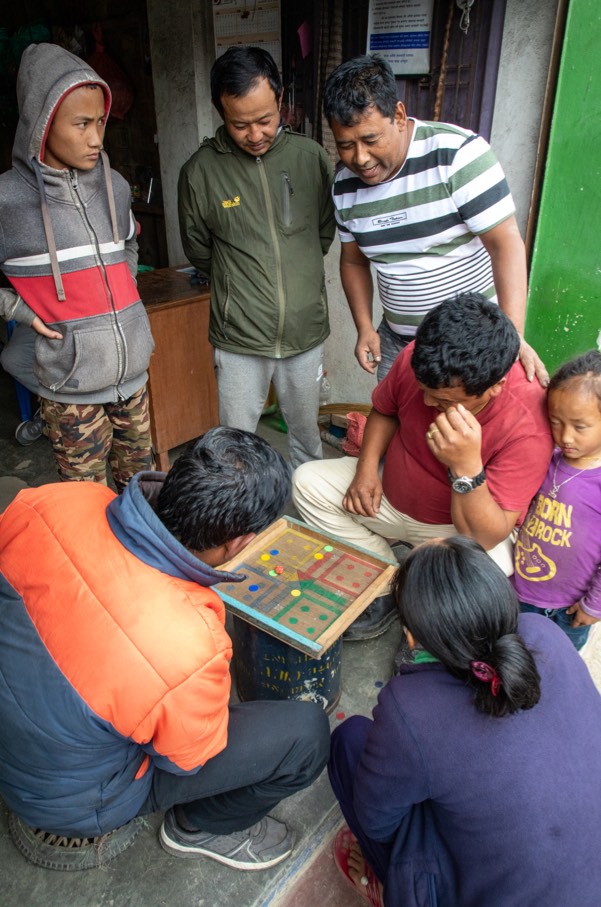
People play ludo, a board game popular in South Asia.
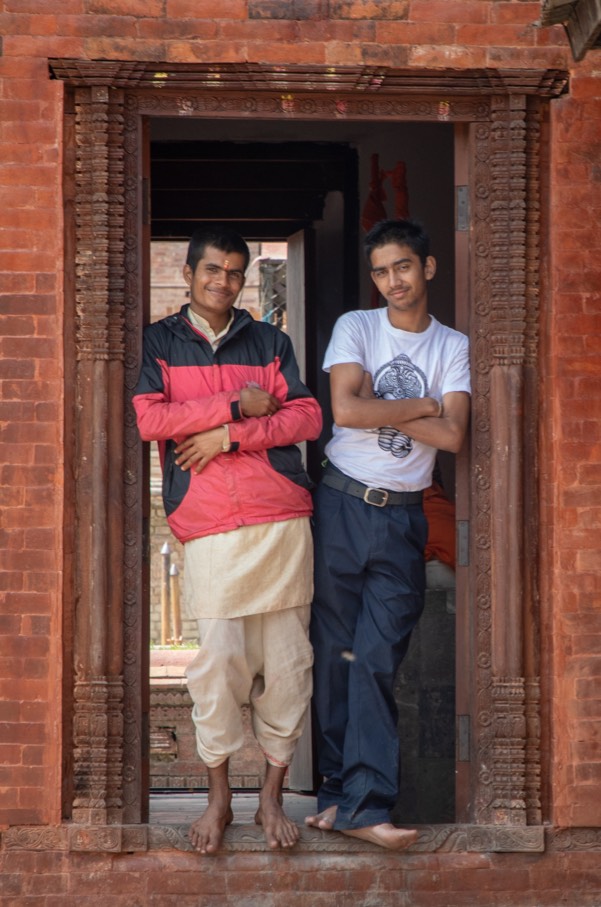
Two men lean against the doorway of a local Hindu temple.
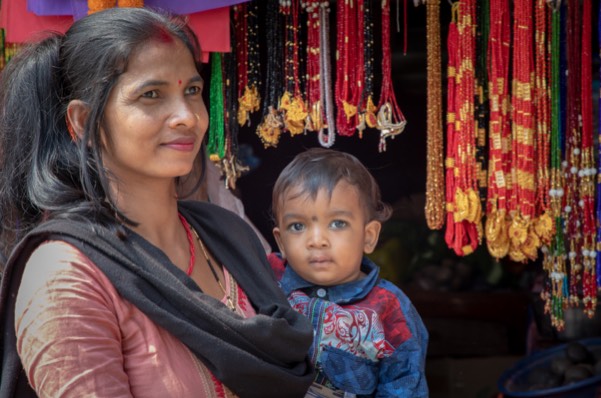
A woman and child in traditional clothing pause in front of a storefront displaying rows of beaded necklaces.
Over the course of a few months, the faith Binesh proclaimed earned a reputation.
A potential solution to Pratvik’s physical suffering compelled him to swallow his pride and ask for prayer.
“I knew that when Christians would pray,” Pratvik says, “the problem will go.”
Pratvik felt slightly better after the first intercession. Believers continued to pray, and as his symptoms continued to improve, he decided to give up being a witch doctor. The Christian God was more powerful than those he’d summoned to no avail.
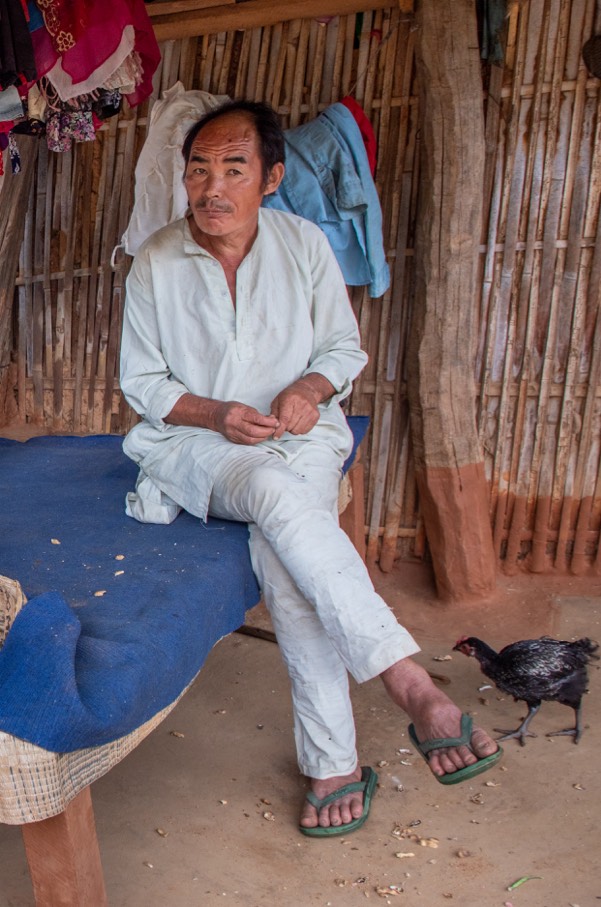
Pratvik endured the back and lung problems he suffered for many months before experiencing Christ’s healing power.
Healing and deliverance from evil spirits color the stories emerging from the 57 UUPGs in Pratvik’s country. God’s power wins over hearts, much like the miracles of Jesus amplified His calls for people to believe in Him.
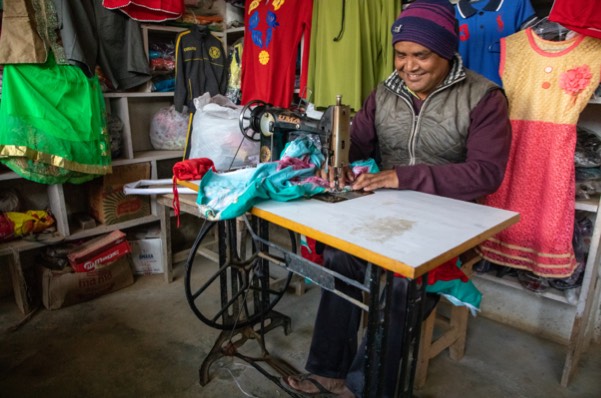
Ranjit*, a tailor, is one of many who professed faith in Christ as “engagers” faithfully shared the gospel message with anyone who would hear.
As his health improved and the engagers established a new church, Pratvik decided to attend. He invited Christ into his life. His wife joined him.
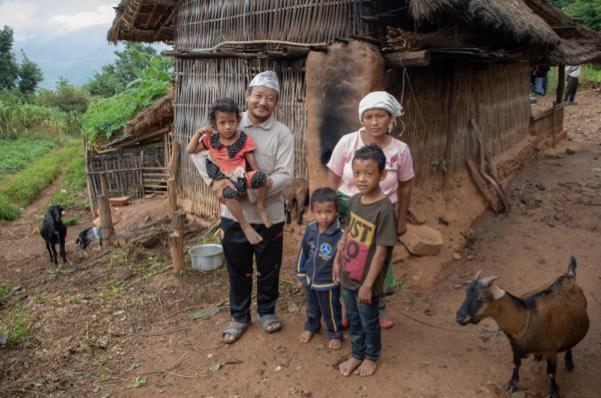
Deepankar and his family also experienced healing and began to follow Christ. Then, they donated land to construct a village church, which Pratvik now attends.
The couple received baptism, after which, Pratvik says, “I got fully healed.” No longer do his back or lungs bother him. For subsistence, Pratvik replaced shamanism with farming. He tends a small herd of cows and oxen and grows and sells rice and millet.
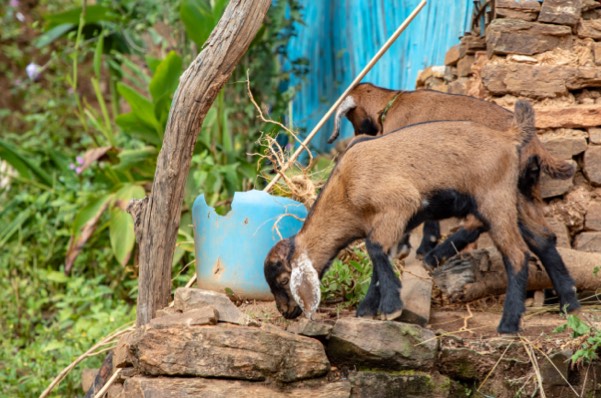
A pair of goats graze in a small mountain village.
“I’m happy now. I’m regularly praying in my home with my wife. I’m living a simple and happy life.”
He also proclaims his new faith in Christ, the true healer — particularly with his 15-year-old son, who has thus far resisted.
“He finds many excuses,” Pratvik says. “Whenever I request, he says, ‘I will accept on my time.’ So, I’m praying for the time.”
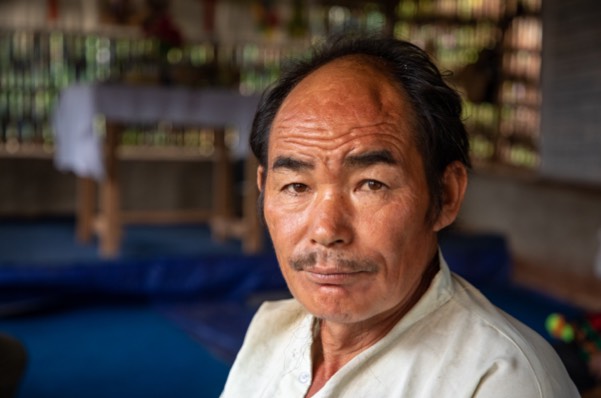
Pratvik, content in Christ, sits in the newly constructed church building on land donated by Deepankar.
More than 23,000 people among these 57 groups have professed faith in Christ. They join Pratvik as new lights shining from within steep valleys and atop sharp ridges, brightening the centuries-old darkness from which they’ve been saved.
“They’re going to be in heaven. They’re going to live forever. What else would we want to do with our lives?”
Paul Eshleman, founder of Jesus Film Project®, at a recent Table 71 meeting
Explore Table 71’s fascinating story by clicking on the image above. The interactive infographic details God’s work in and through the history of this remarkable group.
Browse the image gallery below to meet other new Christians from among previous UUPGs.
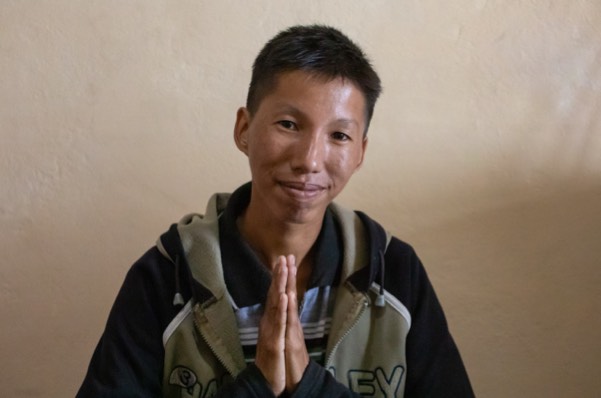
“I decided, whatever may happen, I will follow Jesus.” Bibek* responded in this way to his father, who scolded and threatened him over his consideration of this “foreign religion,” Christianity. His father kicked him out of the house, but Bibek has found strength to persevere in faith through a local church.
1/5
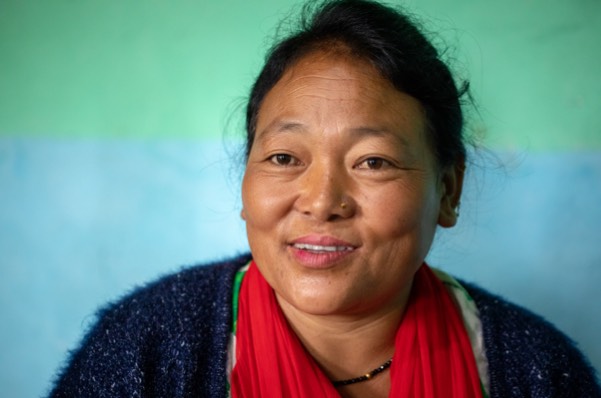
Lina’s* brother attacked her husband when he shared their faith in Christ. Her brother and husband had to be separated by nearby villagers. “We wanted to save them from hell, but they persecuted us and they blamed us, and they threatened us,” Lina said through tears.
2/5
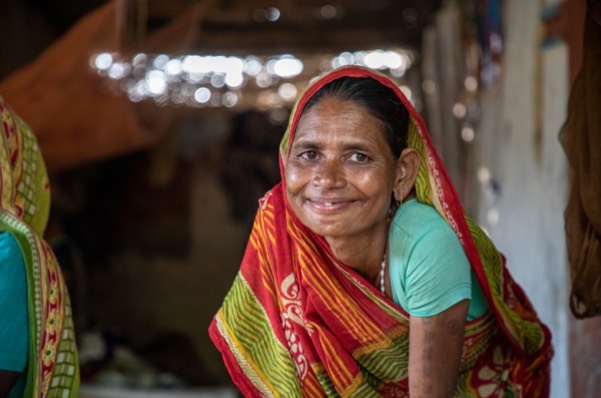
After she became one of the first in her people group to receive Christ, Salma’s* husband threatened and abused her, often in drunkenness. Salma’s prayers and the kindness extended to her husband by other believers slowly warmed his heart, and he trusted in Christ as well. “The peace is restored in the family,” Salma says, “and the love between husband and wife has been increased. Everything is fine by the grace of God.”
3/5
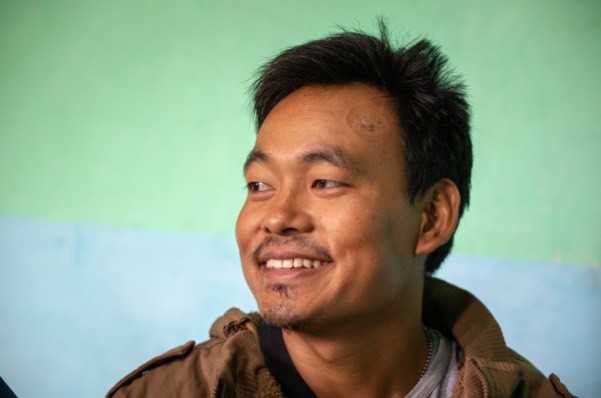
Ajit* and his family were driven out of their house by his parents and brother, who claimed that having Christians in the home would make their gods and goddesses angry. They also face taunts and thrown stones while gathering for worship with other Christians. “We will not step back from our faith,” Ajit says. “We will be more bold and move toward spreading His kingdom.”
4/5
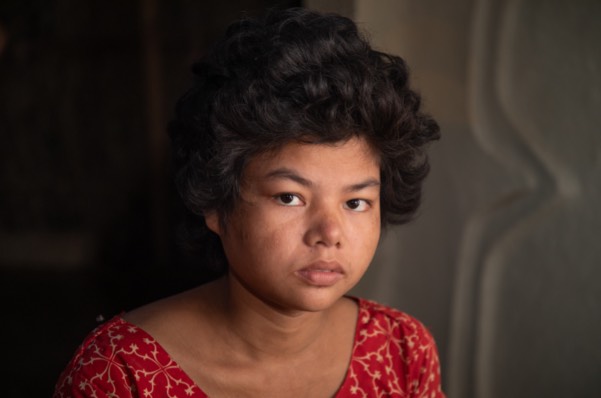
Alisha* had been bound with chains a few months ago, suffering from a condition that rendered her incapable of understanding others and caused her to run wildly through her village. The two “engagers” that came to the village shared Christ with her family and prayed for her continually. Alisha’s condition improved, and she, along with her mother and brother, received Christ. Alisha is not yet fully healed, but her brother asks, “Pray for my sister and my village, so that we could be salt and light to this village, and my sister could be healed completely.”
5/5
Join the global effort to finish the Great Commission.
*For security reasons, the names of South Asians in this story have been changed.
In what ways are you inspired to fulfill the Great Commission in your everyday life?
Share your story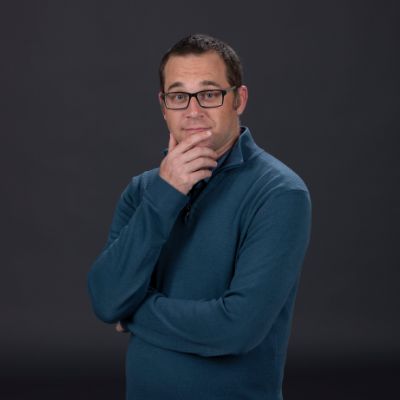
Jason writes for The Communications Group of Cru®. He served as a team leader for Cru’s campus ministry in Pittsburgh for seven years. He has one wife, three kids, and an embarrassing number of brain cells reserved for the Pittsburgh Pirates.
Contact Me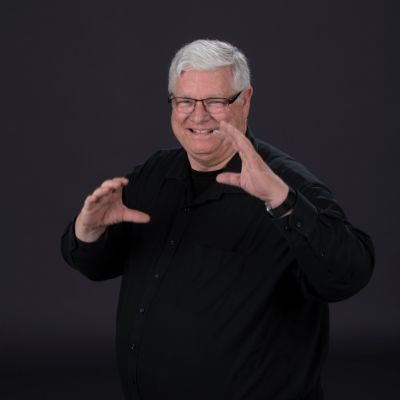
Tom is a photographer with Cru®. He loves seeing beautiful sights out of airplane windows and enjoys meeting new friends all over the world. His wife, Karen, travels with him whenever possible, which makes every trip even better. Tom has been photographing for more than 40 years.
Contact Me